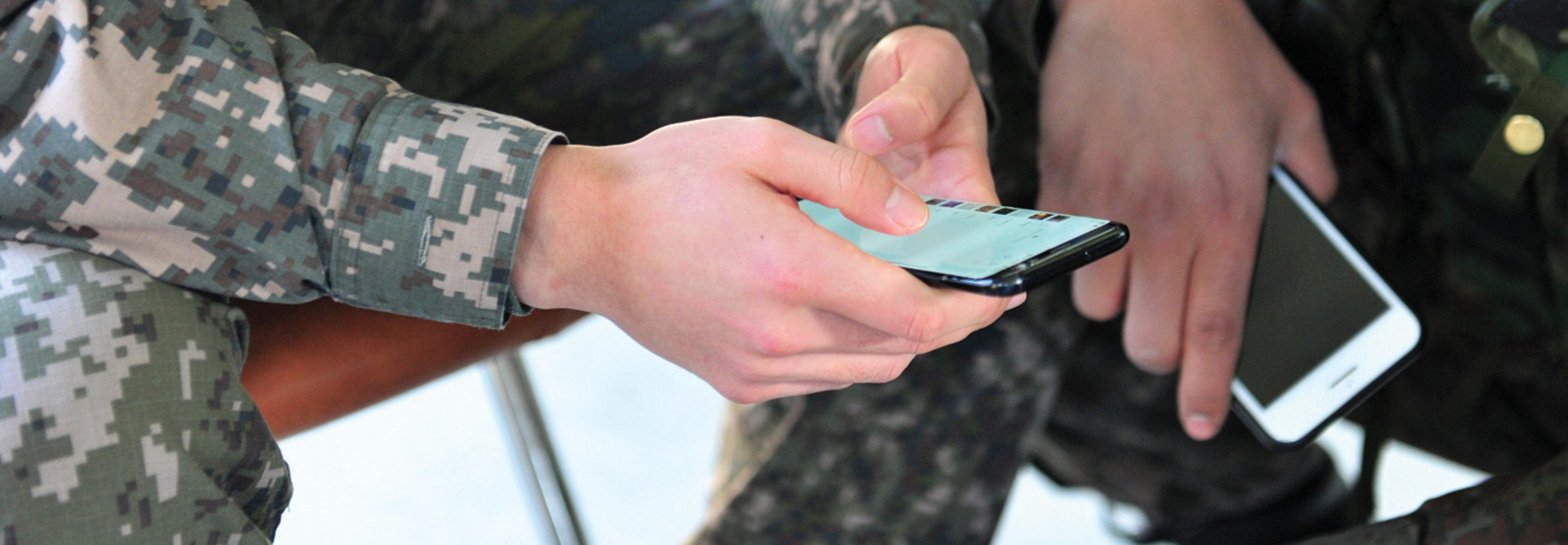DOD to Ramp Up 5G Networks Research
5G wireless networks are not just going to be valuable for businesses and in smart cities; they have significant military applications as well. That is why the Defense Department is going to increase its research and development efforts around 5G in the near future.
5G networks are going to proliferate in the years ahead and are already commercially available from wireless carriers in a limited number of U.S. markets now. Michael Griffin, Defense Department undersecretary for research and engineering, said that makes the technology something the Pentagon needs to pay attention to.
“We are aware that commercial initiatives in telecommunications far outstrip anything that we can do and would want to do in DOD. We are struggling to become the flea on the tail of telecom’s dog,” Griffin said last month at the Hudson Institute in Washington, D.C., according to Federal News Network. “We have national security needs and to the extent that we can seed the competitive environment or encourage it to grow in areas that are relevant to us, we want to do that.”
Griffin noted that the DOD is in the process of adding assistant directors to lead the “strategic shaping” of each of the Pentagon's modernization efforts, specifically 5G, according to Defense Systems.
“We will shortly be bringing on board an assistant director for 5G ... and similarly for all our other [areas],” he said.
The DOD has named Lisa Porter, deputy undersecretary for research and engineering, as the leader for the department’s 5G strategy and initiatives, including testing at military bases.
MORE FROM FEDTECH: Discover how edge computing can benefit your agency.
DOD Sees Significant Potential in 5G Networks
5G can deliver data speeds 10 to 100 times faster than 4G LTE. Speeds on AT&T’s 5G network in Dallas hit 1.3 gigabits per second during April tests conducted by PC Magazine. Meanwhile, tests CNET performed in May on Verizon’s 5G network in Chicago produced download speeds of 1.3Gbps.
5G can also cut latency to milliseconds. Latency is any kind of delay that happens in data communication over a network. 5G is designed for mobile networking, Internet of Things and high-performance industrial control systems.
5G also enables far greater network density. An LTE cell tower can handle around 2,000 simultaneous connections, but 5G specifications call for a minimum of one million connections per square kilometer.
“When we talk about 5G, we talk about greatly increased bandwidth,” Griffin said, according to Federal News Network. “We talk about increased download speeds, we talk about an enormously expanded number of touchpoints where everything is connected to the net in one way or another. DOD has use cases for that, that just abound: smart ports, smart depots, smart factories. All of those things have commercial applications, but they absolutely have national security applications.”
The Pentagon might be able to speed up 5G technology development by making its infrastructure available for experimentation and prototyping, and by giving commercial wireless interests areas to test without having to go through local, state and regional permitting.
“What we’re trying to do in the department with 5G is to make available our, broadly speaking, requirement set, whether it be depots or ports or airfields or autonomous vehicles or so on,” Griffin said at the Hudson Institute event, C4ISRNET reports.
Griffin noted that the DOD is working with all the military service branches on developments in 5G on and around bases and installations,” Griffin said, according to Inside Defense.
“This is an area where DOD can help, but frankly, commercial industry and the telecom’s arena dwarfs even the heaviest possible DOD instantiation of telecom,” he added. “So our goal is to be at the frontier with our telecoms industry and to do so in a way that of course meets DOD’s needs securely and with assurance that they’ll be there.”









